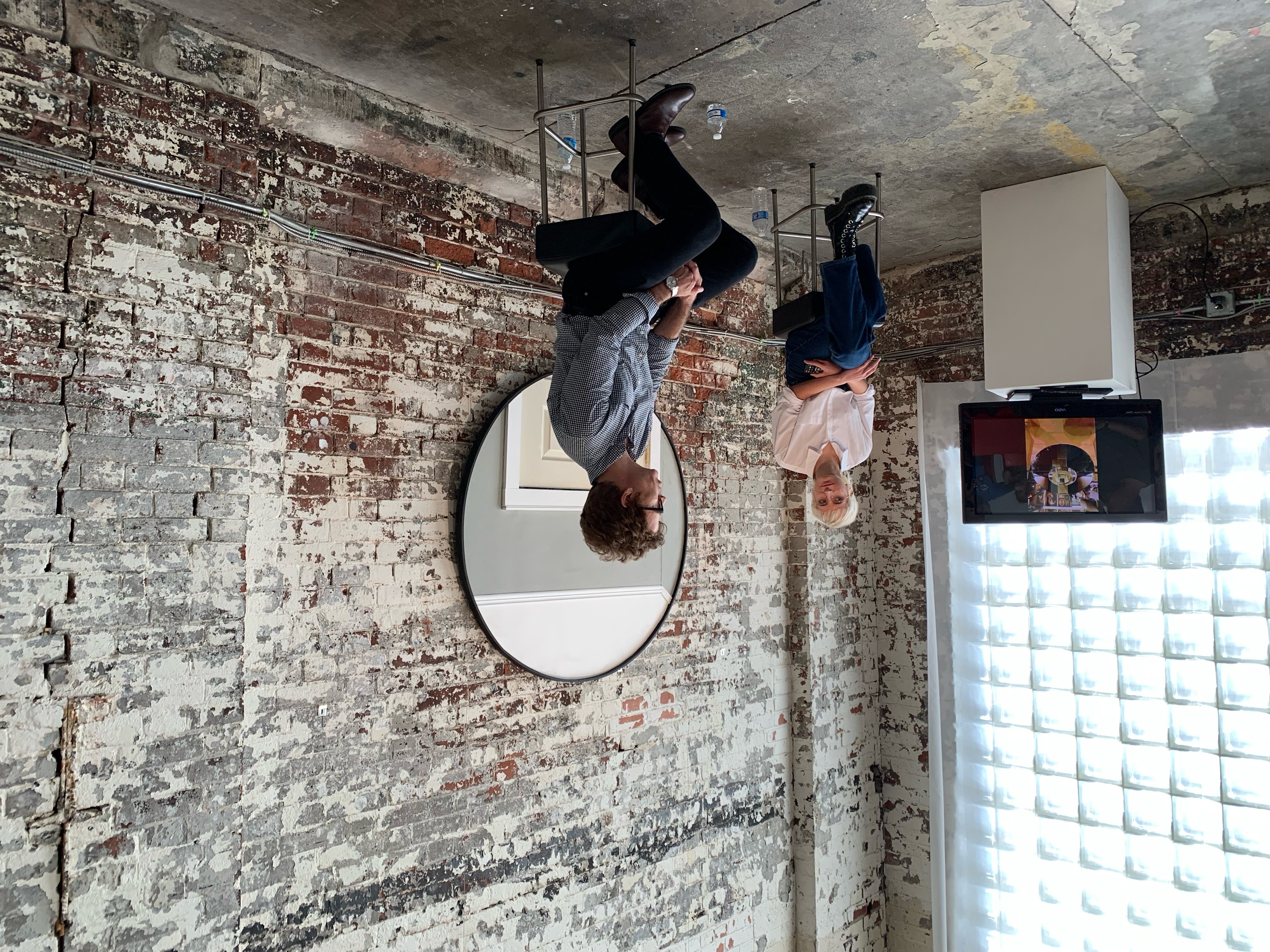Author: Charlie Taylor
My work with the Associated Artists of Pittsburgh this summer brought me into contact with living Pittsburgh artists, but also with all 113 years of the organization’s history. I spent time between meetings with artists and visits to AAP’s archives at the Heinz History Center. Both aspects of my work — the present and the past — drove me to reconsider my understanding of Pittsburgh’s position within art history. AAP boasts world-renowned artists like Andy Warhol and Phillip Pearlman as past members, but it also has supported its fair share of local celebrities, from Virgil Cantini (responsible for a vast amount of the public art on Pitt’s campus) to Betty Douglas, the first Black student in CMU’s MFA program.
I visited AAP’s archives to research Lillian Henius, an AAP member from at least 1912 until her death (in her studio, with a painting still on the easel) in 1925. Lillian was also deeply involved in the artist commune in Provincetown, MA, which would later become associated with Modernists like Hans Hoffman. As I explored the archives, I continued to find links between AAP and major people, places, and events in the art world. Clement Greenburg, an important figure in defining Modernism, served as a juror for AAP’s 56th annual exhibition in 1966. AAP responded to environmental crisis in 1969 with “Our Environment”, a show which invited Pittsburghers to imagine new ways of relating to the environment, and which was jurored by the Dutch architect Aldo van Eyck.
It seems, then, that the arts community in Pittsburgh has always participated in and responded to the developments in American art which are usually associated with New York. My work in the archives gave me a greater appreciation for Pittsburgh’s arts community and helped me frame my work on current AAP shows within a broader historical context. At the same time, I recognized that working with contemporary, living artists required a new skill set. I found that the best entry point into an artist’s work was a simple conversation, and I learned how to think with artists rather than simply about them.
I spoke with Wade Kramm, an artist who works with architectural space and perception, about the flatness of Byzantine icons. Our conversations over the course of the summer culminated in an artist talk, in which Wade and I discussed his solo show at AAP. I also spoke with Centa Schumacher and Nicole Czapinski, a pair of artists whose two-person show will open in late September, about their collaborative process. The artists and I thought through what it means to produce art in collaboration and how their individual styles changed as a result of working together. Those conversations were essential to my understanding of their work, and provided the basis for my essay on collaboration, which will appear in the exhibition catalogue.
My time at AAP gave me a greater sense of connection to Pittsburgh and its arts scene. As I begin my graduate studies at Bryn Mawr College, focusing on Byzantine art, I’m grateful to have spent the summer strengthening my knowledge of Pittsburgh and my relationship with its artists, both past and present.
Charlie Taylor was a Fine Foundation Summer Fellow at the Associated Artists of Pittsburgh, 2023

